NASA has revealed the first test results of samples brought back to Earth by the OSIRIS-REx spacecraft, its successful mission to collect soil and rock from a distant asteroid.
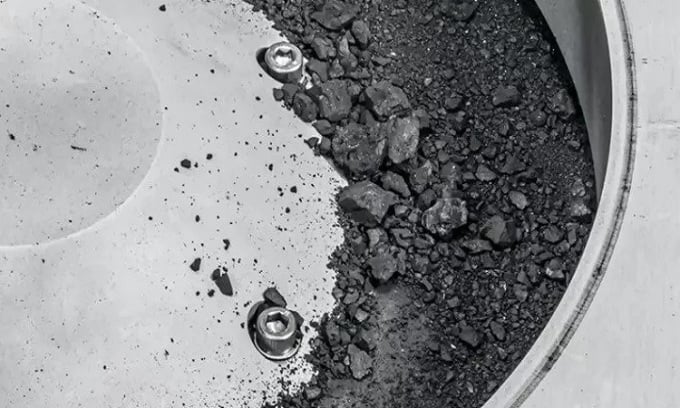
Rock samples taken from asteroid Bennu. Photo: NASA
The 100-250g sample of rock debris taken from the surface of asteroid Bennu contains water and carbon, scientists announced at a press conference at NASA's Johnson Space Center in Houston on October 11. NASA scientists unveiled the sample two weeks after the capsule flew back to Earth at a speed of 43,000 km/h on September 24. After a 6.4 million km round trip over seven years, the capsule opened its parachute and landed safely in the Utah desert before being transported to Johnson Space Center, where scientists began analyzing its composition for signs of life outside Earth.
Bennu is a potentially hazardous asteroid with a 1 in 2,700 chance of colliding with Earth in 2182, the highest of any known celestial body. However, researchers are more interested in what Bennu holds inside, which could be the precursors to life on Earth. "This is the largest carbon-rich asteroid sample ever brought back to Earth. Carbon and water molecules are exactly the elements we want to detect. They are essential elements in the formation of Earth, helping to determine the origin of life," said NASA administrator Bill Nelson.
Earth's water is older than the planet itself and could have been delivered by asteroid and comet impacts. However, water is not the only material that asteroids bring to Earth. In addition, the building blocks of life are likely to be stuck to the body. Bennu is a B-type asteroid, meaning it contains high levels of carbon and many of the primitive molecules present when life emerged on Earth. Several of the building blocks of life, including uracil, one of many nucleobases that make up RNA, were recently found on the asteroid Ryugu by the Japan Aerospace Exploration Agency (JAXA) Hayabusa2 spacecraft, which returned to Earth with a rock sample in 2020. Scientists on the OSIRIS-REx mission hope to find other precursors to life within the Bennu sample.
The sample was collected after nearly two years of searching for a landing site on Bennu’s rugged surface. Upon contact with the asteroid, OSIRIS-REx fired nitrogen from its Touch-and-Go Sample Acquisition Structure, preventing the spacecraft from sinking too far into the asteroid. This caused rocks to rise around the spacecraft, some of which fell into a container on OSIRIS-REx. OSIRIS-REx’s thrusters then fired, sending the spacecraft soaring. The spacecraft completed several close flybys before leaving the asteroid to fly back to Earth in May 2021.
An Khang (According to Live Science )
Source link



![[Photo] Prime Minister Pham Minh Chinh chairs a meeting of the Government Standing Committee to remove obstacles for projects.](https://vphoto.vietnam.vn/thumb/1200x675/vietnam/resource/IMAGE/2025/10/06/1759768638313_dsc-9023-jpg.webp)
![[Photo] Prime Minister Pham Minh Chinh chaired a meeting of the Steering Committee on the arrangement of public service units under ministries, branches and localities.](https://vphoto.vietnam.vn/thumb/1200x675/vietnam/resource/IMAGE/2025/10/06/1759767137532_dsc-8743-jpg.webp)



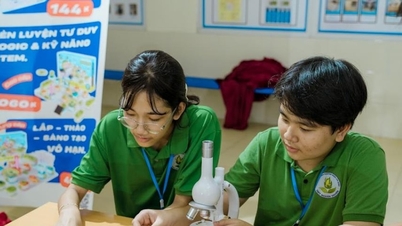

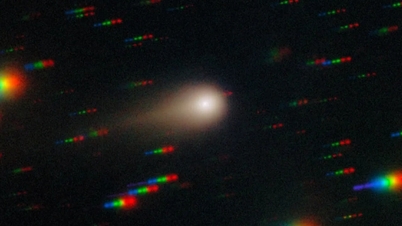




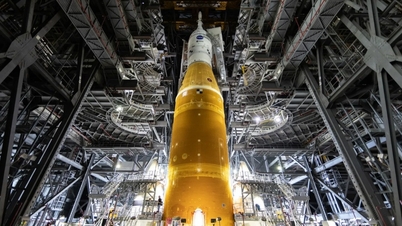
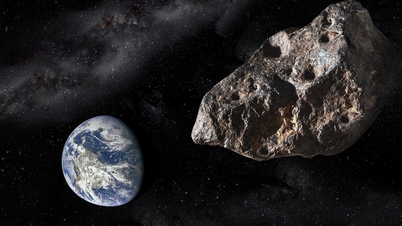


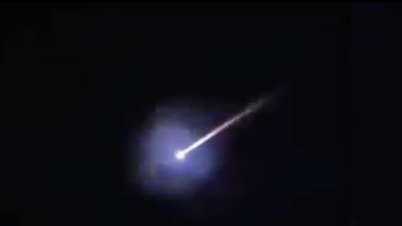

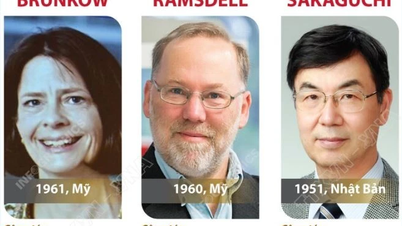































































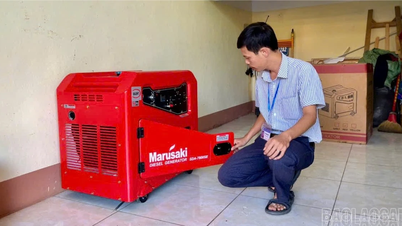















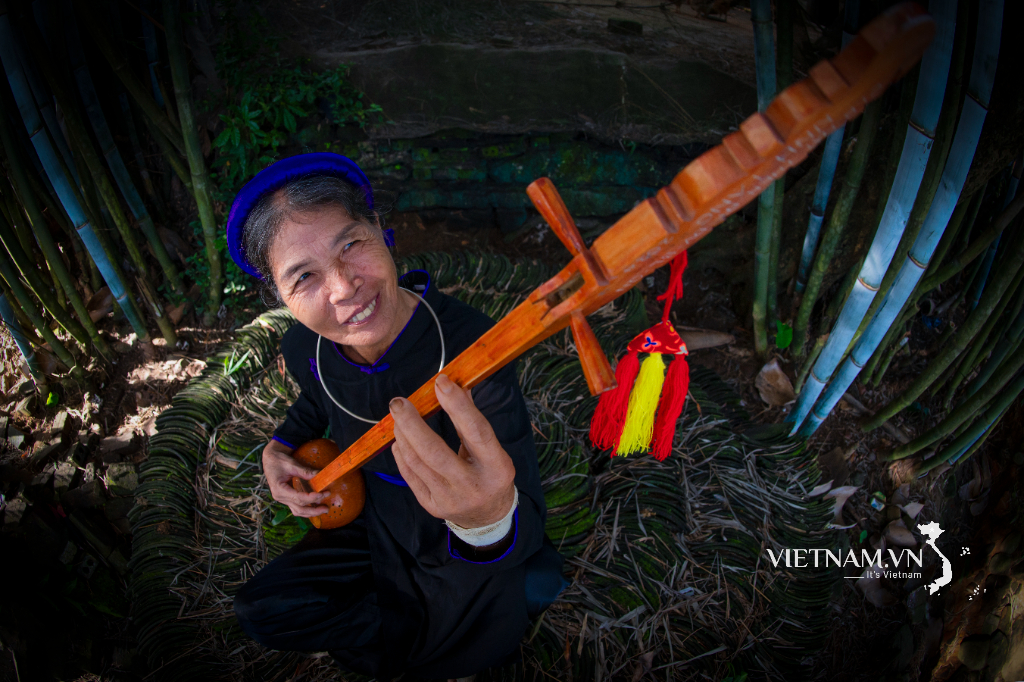


Comment (0)